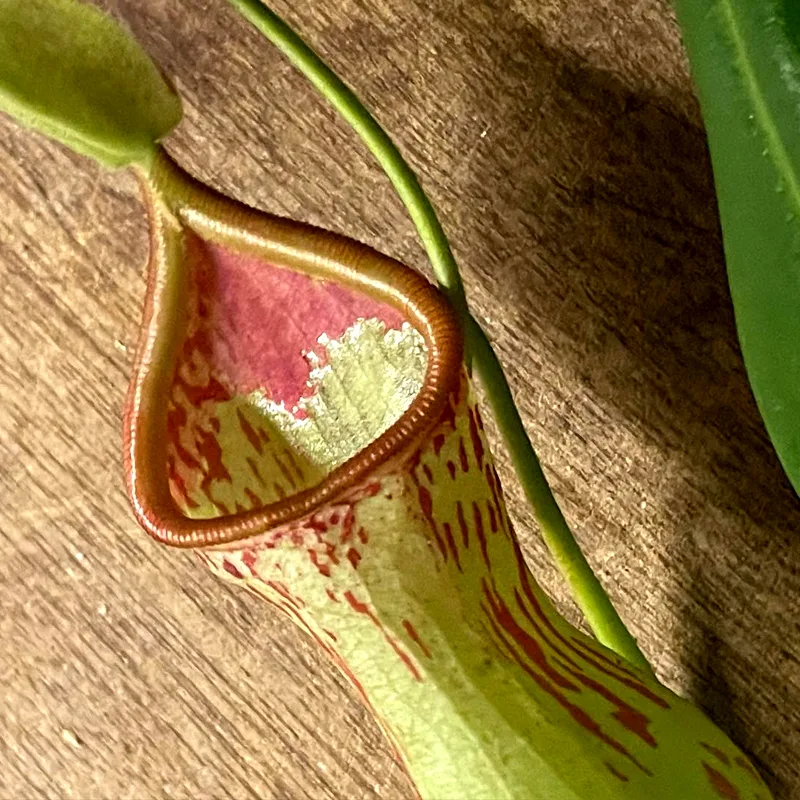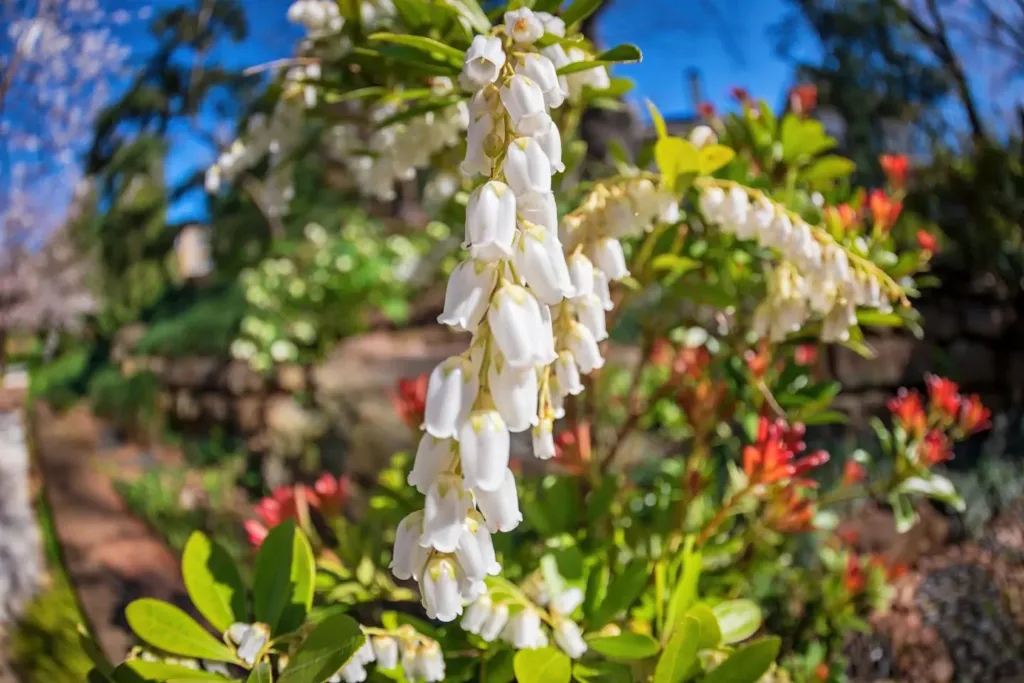Microlepia Strigosa: Unveiling the Delicate Lace Fern
Hello, fellow plant enthusiasts! I’m Ferb Vu, and today, we’re diving deep into the world of the Microlepia Strigosa, also known as the Lace Fern. This elegant fern, with its cascading fronds that resemble intricate lace, has stolen the hearts of many gardeners. But before you rush out and buy one, let’s get acquainted with its needs and answer some frequently asked questions.
Where Does the Microlepia Strigosa Come From?
The Microlepia Strigosa hails from the lush islands of Japan, China, and India. It thrives in the dappled sunlight filtering through a forest canopy, making it a natural for shady areas in your garden.
How Big Does a Microlepia Strigosa Get?
Think graceful and compact. The Microlepia Strigosa typically reaches a mature height of 2-3 feet, with its fronds gracefully arching outwards. In ideal conditions, it might stretch to 5 feet, but that’s more the exception than the rule.
Full Sun or Shade? Unraveling the Light Needs
This fern bukanlah tanaman matahari (isn’t a sun plant). In fact, direct sunlight can scorch its delicate fronds. The Microlepia Strigosa flourishes in part shade to full shade. Think areas that receive dappled morning light or filtered light throughout the day.
How Much Does My Microlepia Strigosa Need?
Consistent moisture is key to a happy Microlepia Strigosa. Aim for evenly moist soil, but avoid soggy conditions. During hot summer days, you might need to water more frequently to prevent the soil from drying out. A good rule of thumb is to stick your finger in the soil – if the top inch feels dry, it’s time to water.
What Kind of Soil Does the Microlepia Strigosa Prefer?
When it comes to soil, the Microlepia Strigosa isn’t too fussy. A well-draining, fertile soil rich in organic matter is ideal. Amending your soil with compost or aged manure before planting will give your fern a good head start.
How Cold-Hardy is the Microlepia Strigosa?
The Microlepia Strigosa is considered cold-hardy in USDA zones 7a to 10b. In colder climates, the foliage might die back in winter, but it should emerge again in spring. If you live in a particularly cold region, consider planting it in a protected location or container that can be brought indoors during harsh winters.
Comparison Corner: Microlepia Strigosa vs. Maidenhair Fern
Both the Microlepia Strigosa and the Maidenhair Fern (Adiantum spp.) are shade-loving ferns with delicate foliage. However, there are some key differences. The Maidenhair Fern has finer, more feathery fronds and requires higher humidity levels to thrive. The Microlepia Strigosa, on the other hand, is generally more tolerant of average household humidity levels.
Fern-tastic Facts: Interesting Tidbits about the Microlepia Strigosa
- Deer Resistant: Deer tend to leave the Microlepia Strigosa alone, making it a great choice for gardens frequented by these browsing herbivores.
- Air Purification: Like many ferns, the Microlepia Strigosa helps improve air quality by removing pollutants from the surrounding environment.
- Non-Invasive: Unlike some ferns, the Microlepia Strigosa isn’t known to be invasive, so you can plant it with confidence in your garden.
How to Multiply Your Microlepia Strigosa?
There are two main ways to propagate the Microlepia Strigosa: division and spores. Division is the simpler method, where you carefully divide a mature fern into smaller clumps. Spore propagation is more challenging but rewarding for experienced gardeners.
Troubleshooting Time: Common Microlepia Strigosa Problems
- Brown Fronds: This could be caused by underwatering, overwatering, or exposure to harsh sunlight. Adjust your watering schedule and ensure proper shade.
- Yellowing Fronds: Lack of nutrients or aging fronds could be the culprit. Fertilize lightly during the growing season and remove old fronds as needed.
- Pests: While not as common, mealybugs and scale can occasionally bother the Microlepia Strigosa. Neem oil spray is a natural solution for these pests.
With a little TLC, the Microlepia Strigosa will reward you with years of delicate beauty. So, why not add a touch of elegance and shade-loving charm to your garden with this captivating fern?
If i die, water my plants!



